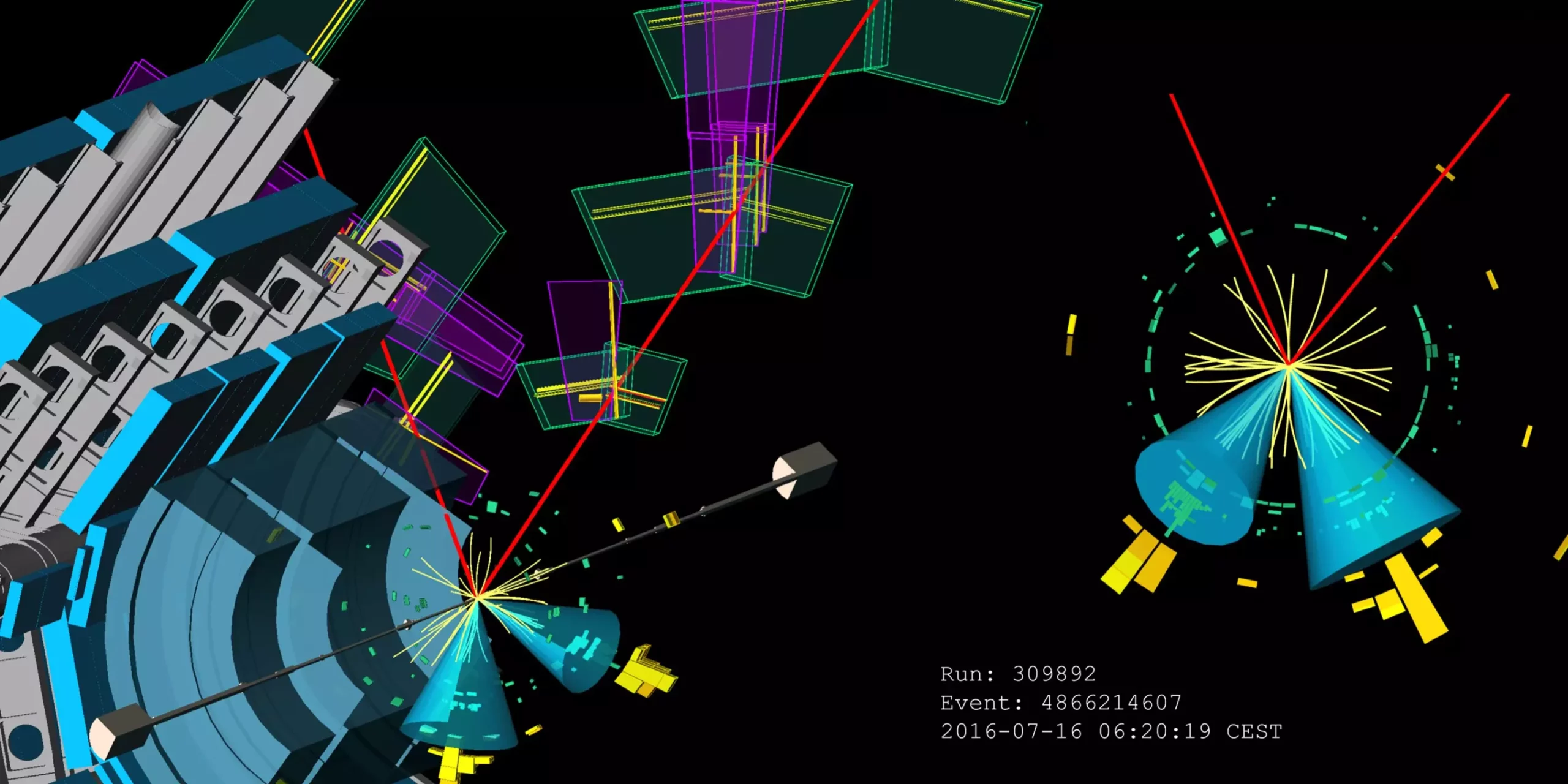The pursuit of understanding the fundamental interactions of the Higgs boson has garnered significant attention in particle physics, particularly through the efforts of the ATLAS collaboration at the Large Hadron Collider (LHC). The core objective of these measurements centers on elucidating the effects of the Higgs boson on the masses of elementary particles, which is crucial for comprehending the fabric of the universe as we know it. This article will delve into the recent advancements announced at the International Conference on High-Energy Physics (ICHEP) 2024 regarding Higgs boson interactions with quarks, and the implications these findings have for both theoretical physics and future experiments.
The Higgs boson, which was discovered in 2012, plays a pivotal role in the Standard Model of particle physics by providing mass to fermions and gauge bosons through the mechanism of electroweak symmetry breaking. The interactions of the Higgs boson with particles determine how their masses are generated, yet the intricacies of these interactions necessitate precise experimental measurement. In this context, the ATLAS experiment seeks to shed light on the interaction strengths of the Higgs boson with the heaviest quarks: top, bottom, and charm.
Recent advances in methodology have allowed ATLAS researchers to reassess LHC Run 2 data accumulated between 2015 and 2018. Enhanced analytical techniques, particularly in jet tagging—an essential process in identifying the flavor of quarks from the jets they produce upon fragmentation—have significantly bolstered the analyses. Jets, which are collimated sprays of particles resulting from quark decays, require meticulous characterization to link them back to their originating quarks.
Jet tagging is crucial because it enables physicists to identify which specific quarks generated the observed jets. Utilizing cutting-edge tagging algorithms tailored for bottom and charm quarks, ATLAS has increased its sensitivity to two critical decay channels of the Higgs boson: H → bb̅ (Higgs decaying into a bottom quark pair) and H → cc̅ (decaying into a charm quark pair). The reported sensitivity enhancements—15% for H → bb̅ and a remarkable threefold increase for H → cc̅—mark a significant leap in uncovering these multi-jet events that are often obscured by background noise.
The results stemming from these advancements include the first observation of the WH, H → bb̅ process and substantial measurements for ZH, H → bb̅ interactions with significances of 5.3σ and 4.9σ, respectively. However, due to suppressive mass factors, the H → cc̅ decay remains elusive, with ATLAS establishing an upper limit on the corresponding production rate.
A focal point of the ATLAS collaboration’s recent analyses has also been the interaction between the Higgs boson and the top quark—the heaviest known elementary particle. The extraction of the signal from the ttH (top quark pair associated with Higgs) process is demanding due to its inherently complex final state and the presence of significant background events. Nevertheless, through improved methodologies and a deepened grasp of contributing backgrounds, ATLAS reported a signal strength of ttH, H → bb̅ as 0.81 ± 0.21 relative to Standard Model predictions, doubling previous sensitivities.
As LHC Run 3 progresses, hopes are high that even more refined analysis techniques will further enhance the precision of these interactions, capitalizing on the heightened luminosity provided by ongoing experiments. The anticipated entry of new data stands to significantly enrich the understanding of the Higgs boson while enabling researchers to explore the H → cc̅ decay channel with increasing feasibility.
The Future of Higgs Physics: The HL-LHC and Beyond
Looking ahead, the High-Luminosity LHC (HL-LHC) promises to usher in a new era of Higgs physics. The capabilities of this upgraded facility will enhance the potential to uncover elusive processes like H → cc̅ and provide deeper insights into the fundamental workings of nature. The ongoing efforts by the ATLAS collaboration, alongside the next generation of analytical tools, set the stage for groundbreaking discoveries in the realm of particle physics.
The enhanced precision measurements of Higgs boson interactions conducted by the ATLAS collaboration not only align with Standard Model predictions but also lay the groundwork for future explorations that could redefine our understanding of particle mass generation and fundamental interactions within the universe.

